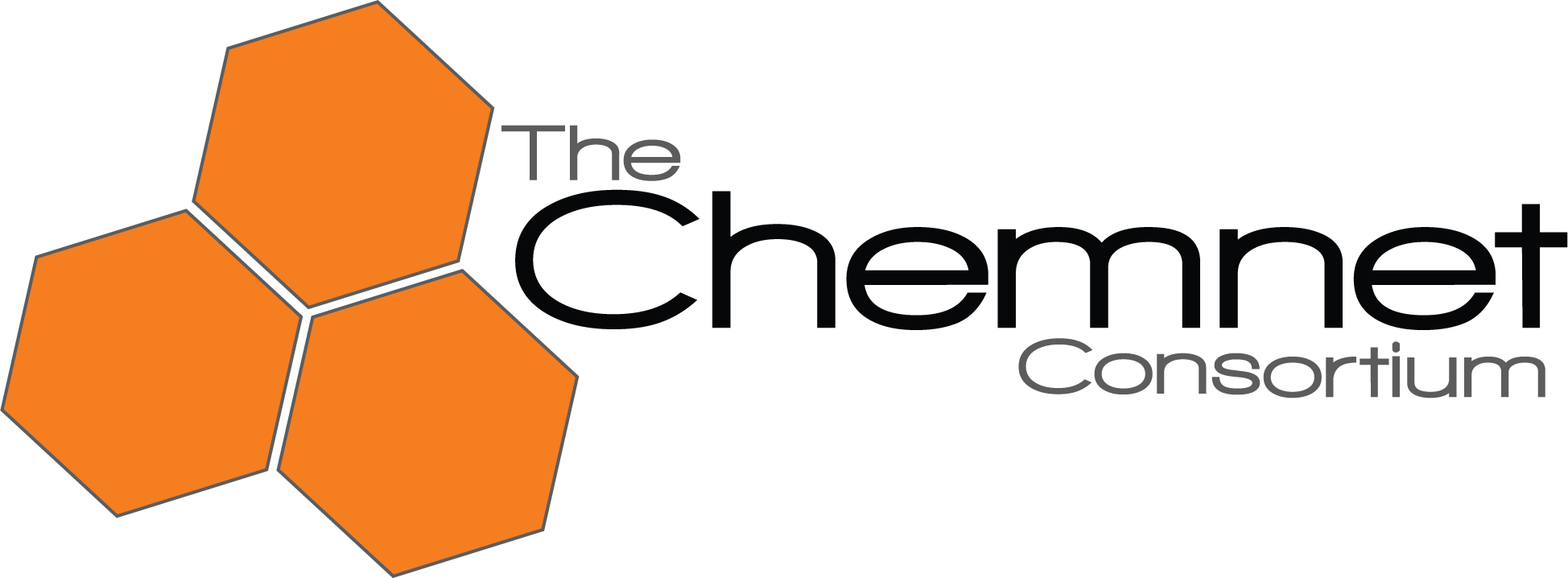NDASA has been asked to comment on best practices for transgender collections performed under direct observation.
While NDASA is suggesting a best practice, the organization is in no way offering legal advice or indicating that this statement is in any way a policy that must be followed. It is simply a suggestion to potentially clear up confusion amongst collections professionals.
USDOT has not made any alteration to same-gender requirements. However, HHS has done so, and the rule is listed below.
DOT clearly states in 49 CFR Part 40.67 that the observer must be of the same gender while HHS states that the collector must ask the donor to identify their gender.
For DOT, the gender of the donor is assumed by the gender listed on the state or federal issued identification that is presented at the time of collection.
If the donor insists that they have a different gender identification than what is listed on the presented ID, the collection site may offer a direct observer that matches the donor’s gender identity or they may request the employer to provide the observer.
It is crucial to understand that the origin of the same-gender observer requirement is to provide comfort to the donor while they are in a privacy-sensitive position. Because the donor’s dignity is taken into serious consideration, it is logical that a donor requesting either male or female based on their identity should be prioritized.
NDASA also recognizes that collection sites are private businesses with different preferences on operating procedures and may freely make business decisions that have different ramifications.
However, NDASA strongly believes that the collection site’s primary duty is to perform and complete a
compliant collection as ordered by the client using the appropriate protocols.
NDASA always recommends collections professionals follow the appropriate stated rules for the donor whose needs they are meeting during the time of the collection.
DOT Rule 49 CFR Part 40 Section 40.67
Subpart E (40.67) When and how is a directly observed collection conducted?
- As the collector, you must ensure that the observer is the same gender as the employee. You must never permit an opposite gender person to act as the observer. The observer can be a different person from the collector and need not be a qualified collector.
- As the collector, if someone else is to observe the collection (e.g., in order to ensure a same gender observer), you must verbally instruct that person to follow procedures at paragraphs (i) and (j) of this section. If you, the collector, are the observer, you too must follow these procedures.
Please see: https://www.transportation.gov/odapc/part40/40-67
For HHS Transgender Collections, please follow the guidelines as stated:
HHS Urine Specimen Collection Handbook (Oct 2017)
SECTION D. Direct Observed Collection
The procedure for a direct observed collection is the same as that for a routine collection except an observer watches the donor urinate into the collection container (see Appendix A). The observer’s gender must be the same as the donor’s gender, which is determined by the donor’s gender identity. There are no exceptions to this requirement. The donor’s gender identity may be the same as or different from the donor’s sex assigned at birth. At the point in a routine collection where the donor enters the restroom with the collection container (see Chapter 7, Section C, Step 12), a direct observed collection includes the following additional steps:
- The collector informs the donor that the gender of the observer will match the donor’s gender,
which is determined by the donor’s gender identity.
- The collector asks the donor to identify the donor’s gender on the Remarks line in Step 2 of
the Federal CCF and initial it.
- The donor is provided an observer whose gender matches the donor’s gender.
- The collector documents the observer’s name and gender on the Remarks line in Step 2 of
the Federal CCF.
- If there is no collector of the same gender as the donor’s gender identity, the collector or collection site supervisor must select another individual trained in direct observed specimen collections. The individual must meet the HHS Mandatory Guidelines qualifications for an observer (see Chapter 1).
Please see: https://www.samhsa.gov/sites/default/files/workplace/urine-specimen-collection- handbook-oct2017_2.pdf

For additional thoughts on this topic by leaders in the field, listen to the NDASA Member’s Memo podcast.

